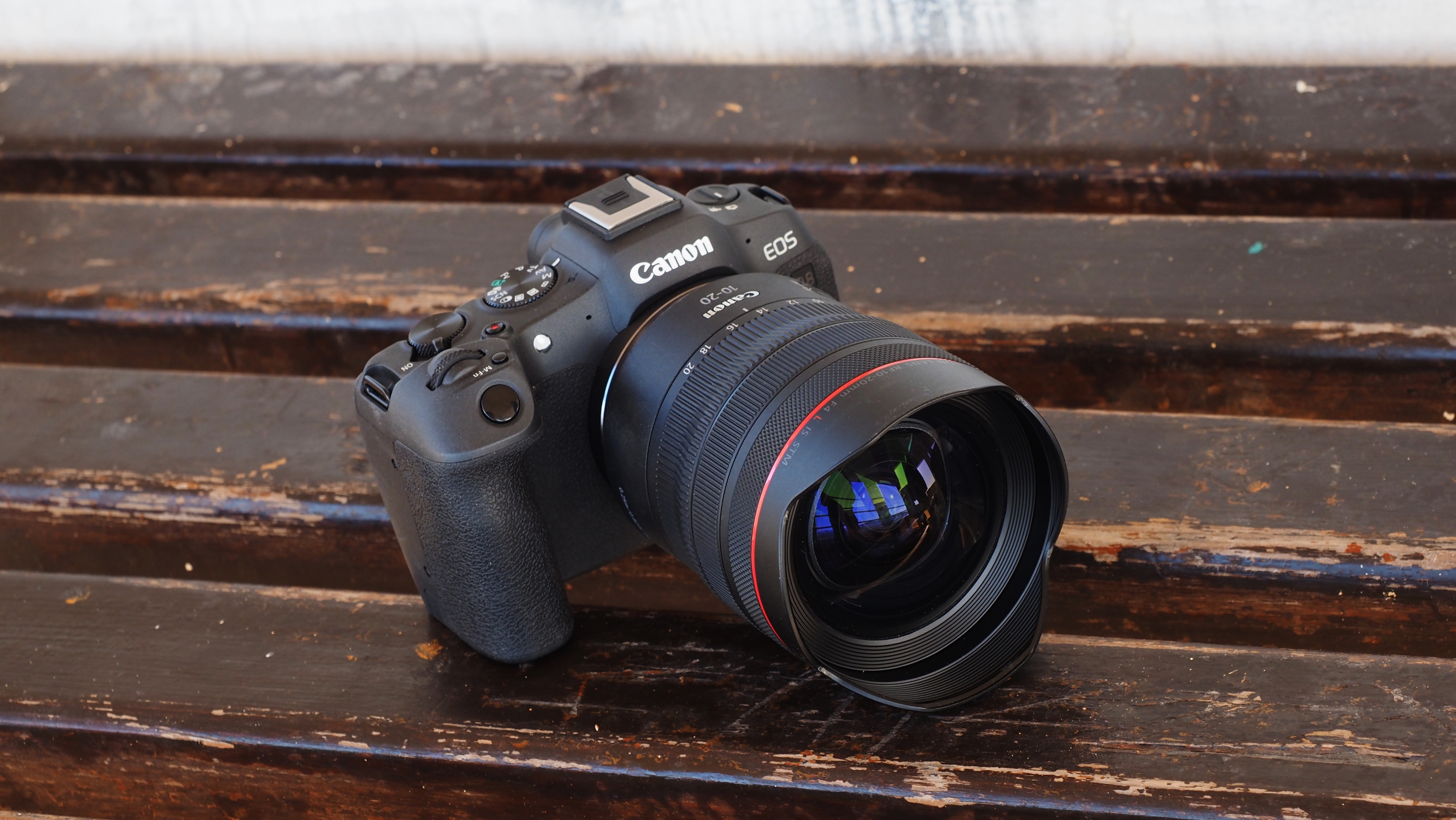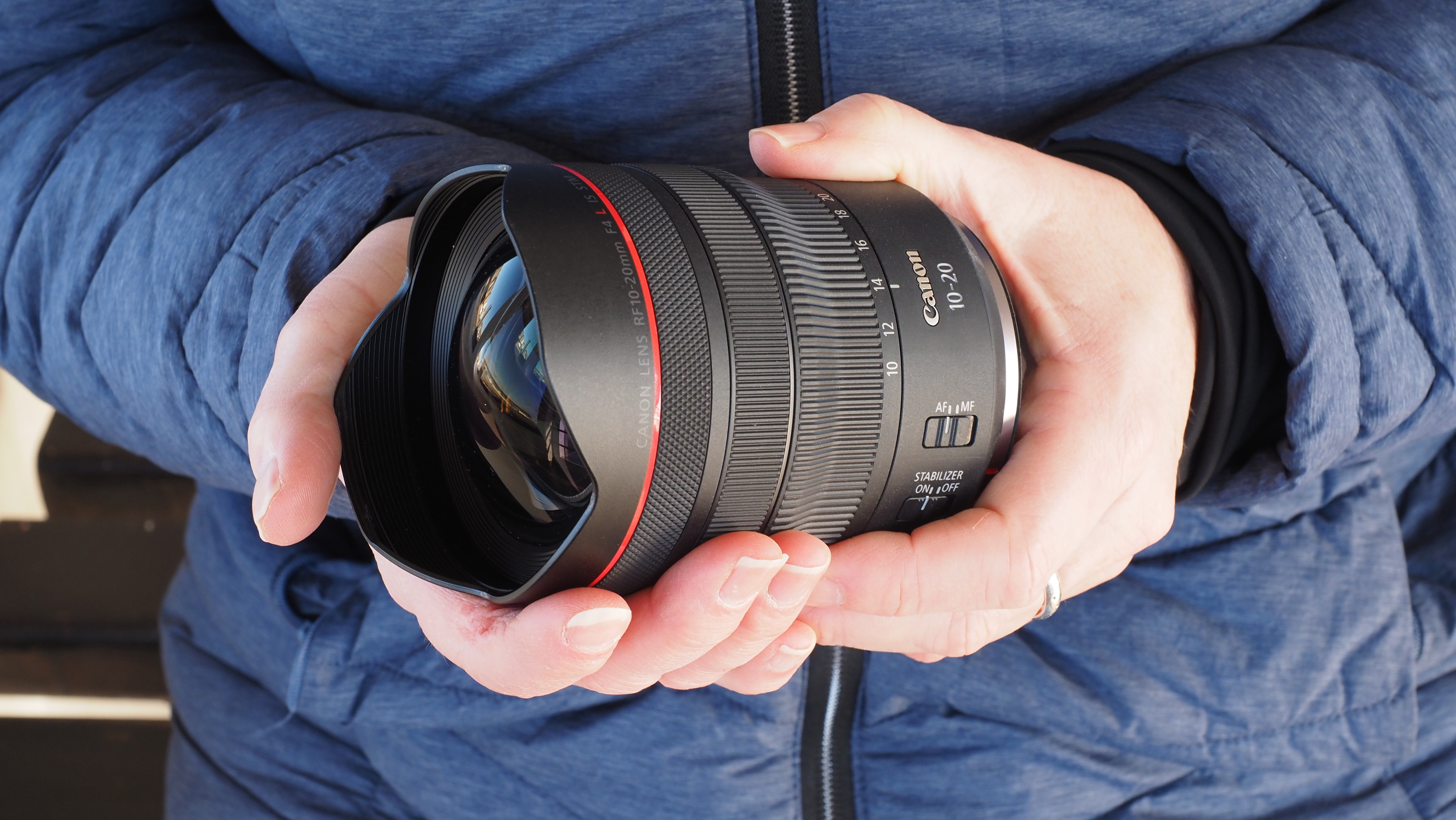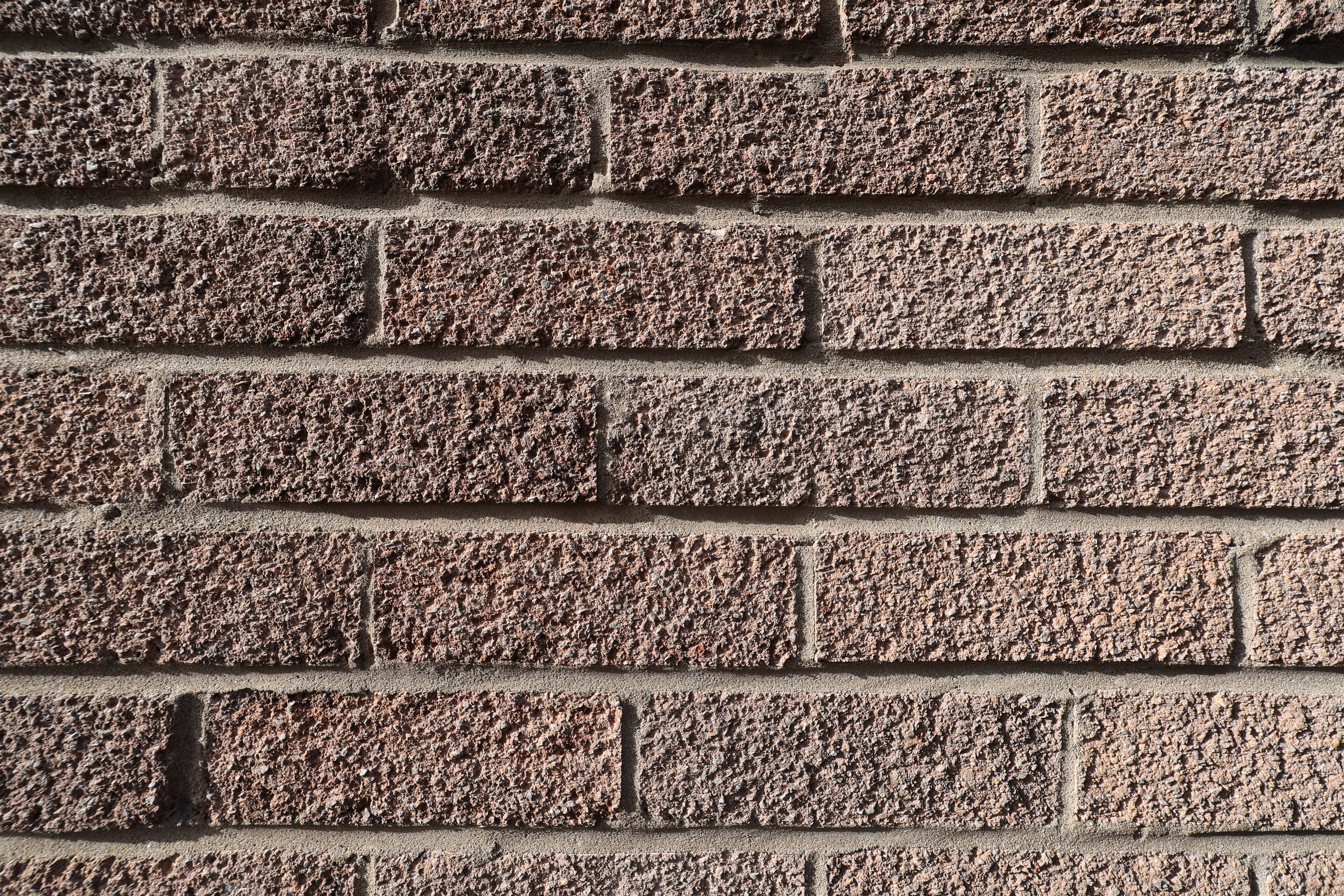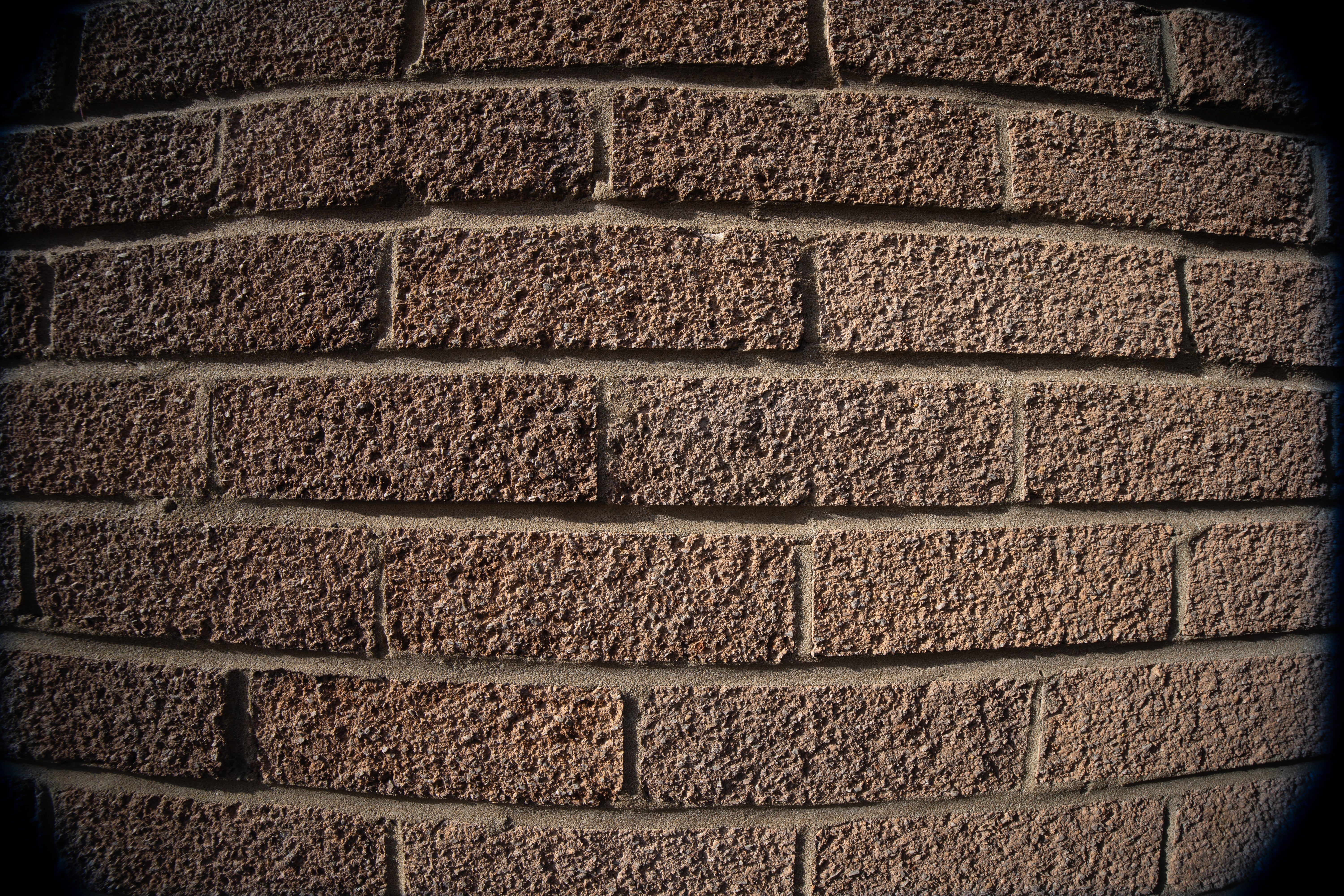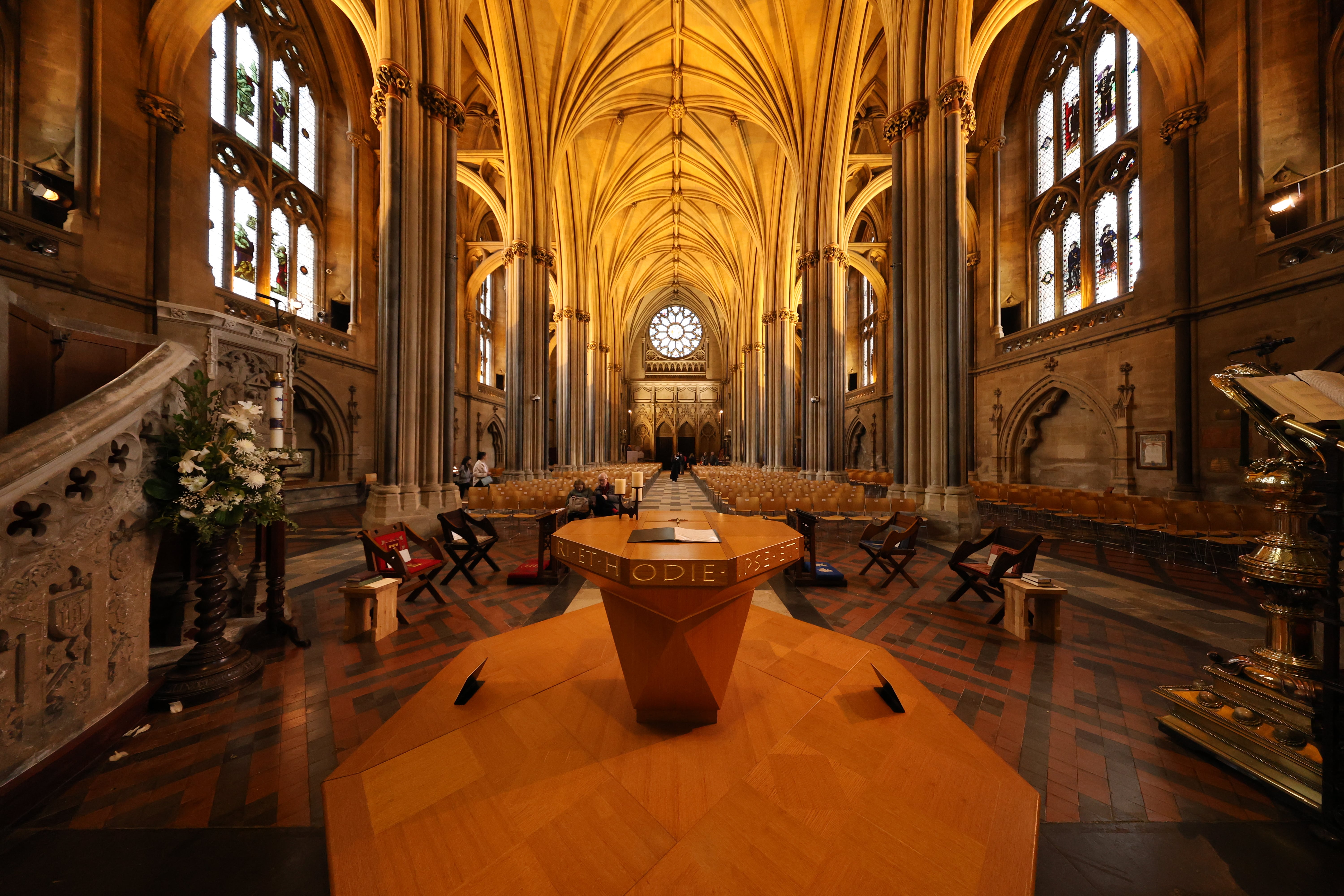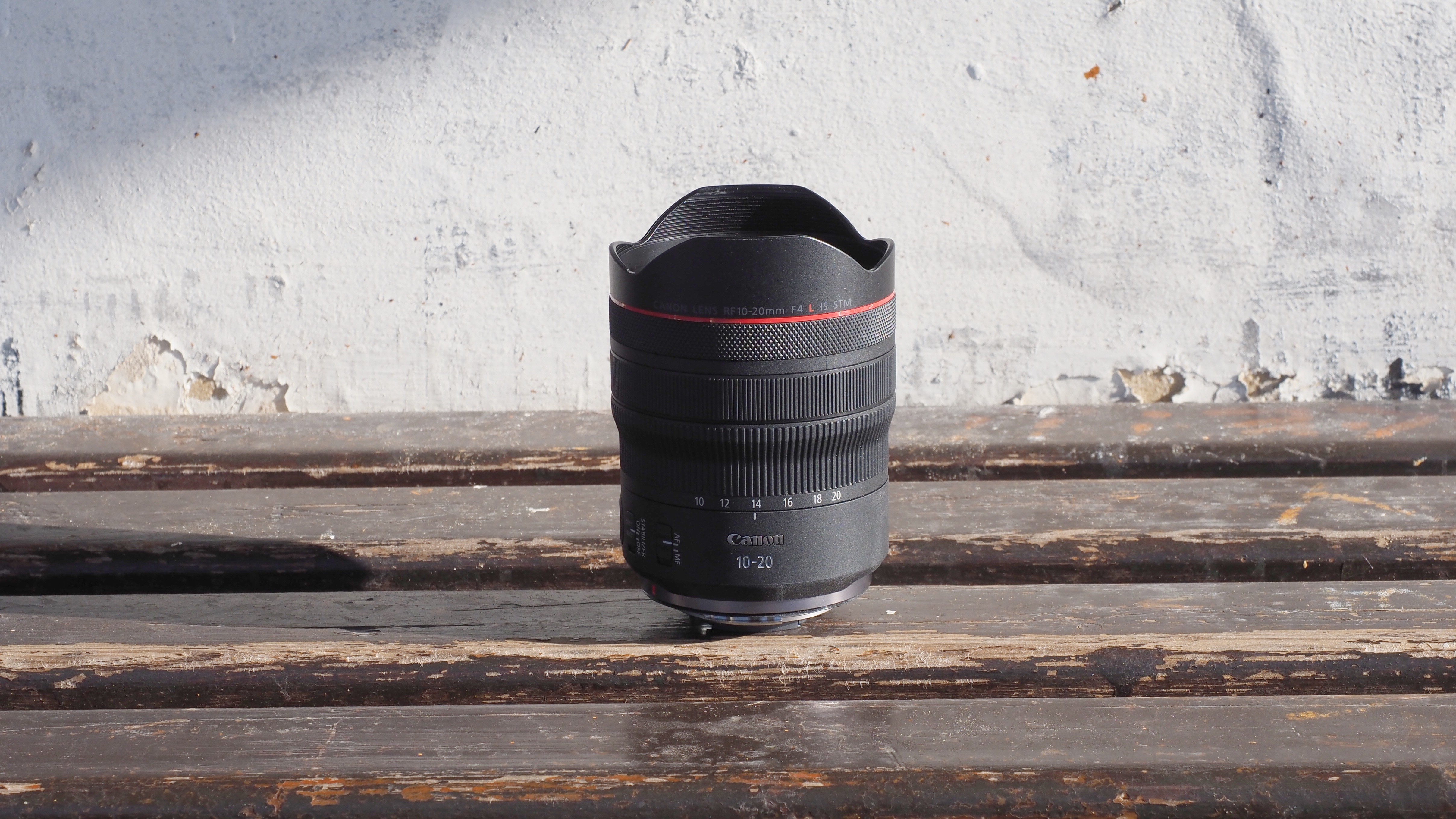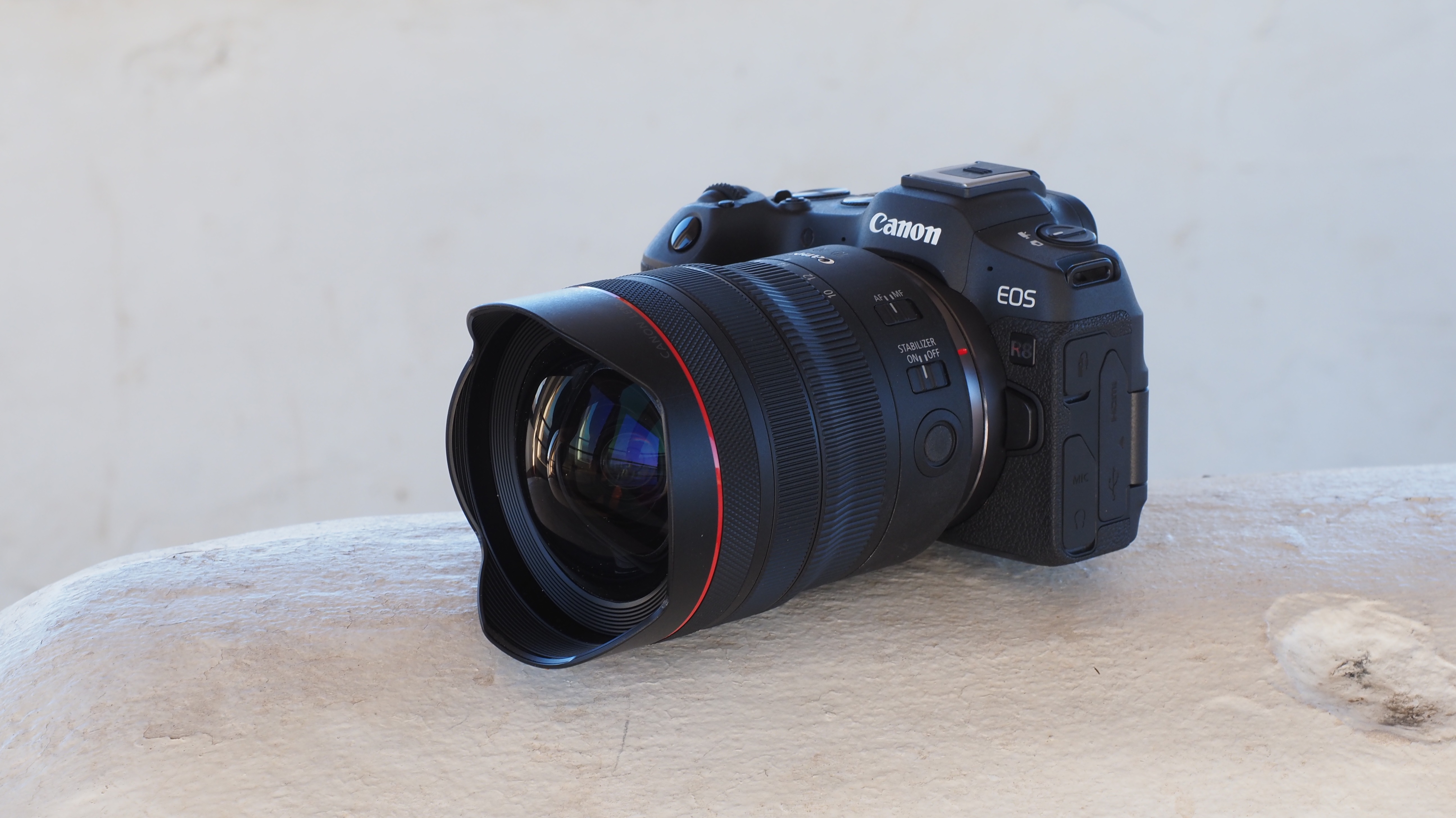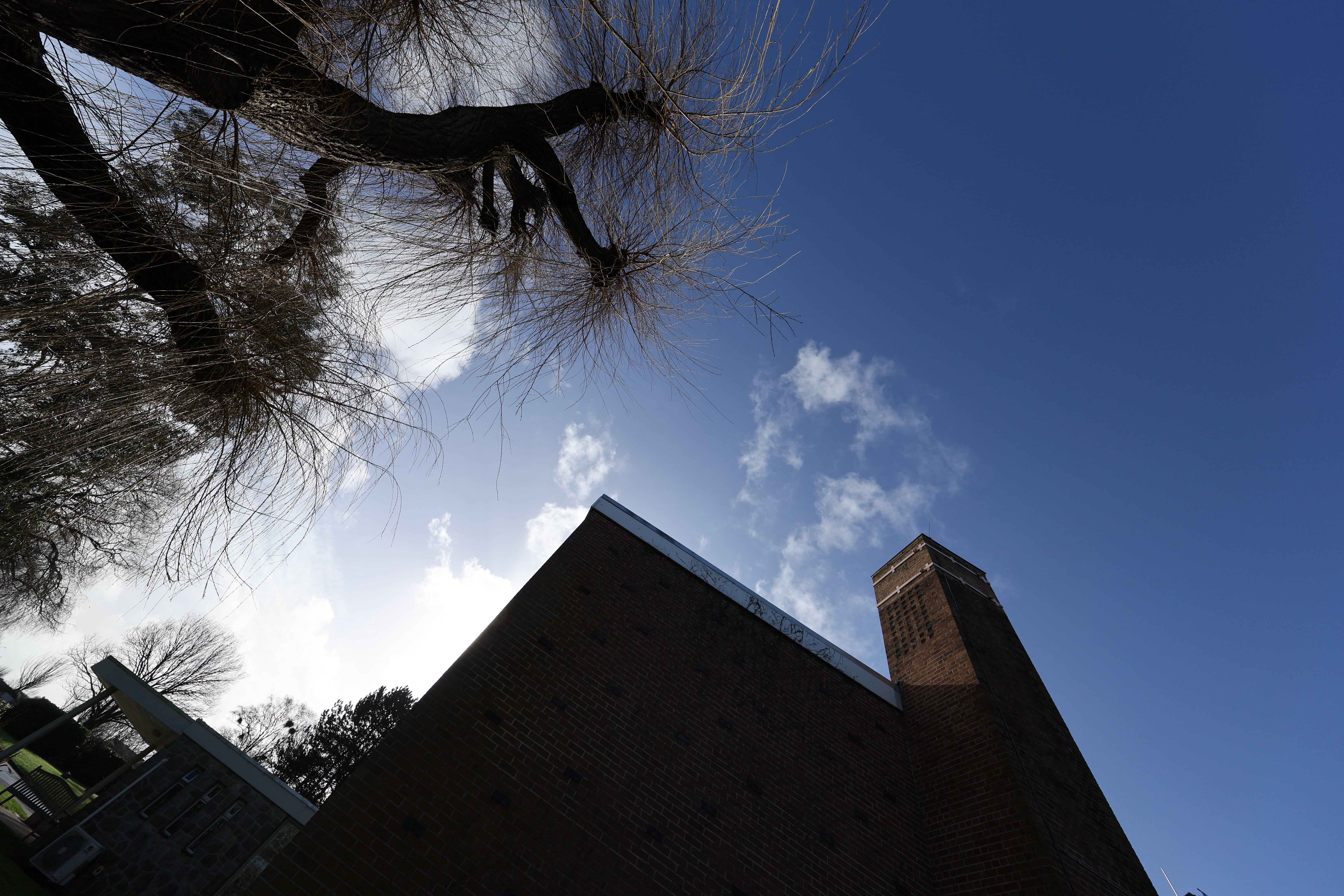TechRadar Verdict
The Canon RF 10-20mm F4L IS STM is a spectacular lens. This focal range would be ultra-wide on an APS-C camera, but this is a full frame lens with specifications and an angle of view that leave you rubbing your eyes. There are some compromises. First, this is an f/4 lens, not an f/2.8. Another is that it relies on digital corrections – although this may have no practical impact. And then, of course, there’s the price. Nevertheless, the optical performance, handling and rendering of architecture, cityscapes and interiors surely make this the ultimate ultra-wide zoom.
Pros
- +
The widest zoom there is!
- +
Outstanding optical performance
- +
Compact, light and great to shoot with
Cons
- -
Relies on digital corrections
- -
Limited versatility
- -
Quite expensive
Why you can trust TechRadar
Two-minute review
From the outside, there isn't much to suggest that this is one of the world’s most extraordinary wide-angle lenses. It has the characteristically elegant, smooth, matte finish of Canon’s RF lenses – and, apart from the bulbous front element (which is standard for lenses this wide), this is a slim, neat optic that’s easy to handle and won't consume too much space in your camera bag.
It’s surprisingly light: at 570g, it’s less than half the weight of Canon’s EF 11-24mm f4L USM DSLR lens. Nevertheless, it has IS optical stabilization built in – alongside Canon’s Peripheral Coordinated Control IS to control the wobbling of objects at the edges of the frame when you’re moving and filming. This is a particular issue for ultra-wide lenses and could be a big help to filmmakers using creative camera movements in interiors.
The RF 10-20mm F4L IS STM also has a selection of exotic optical elements, glass moulded aspherical elements, UD and Super-UD glass, and advanced optical coatings. The STM AF actuators deliver fast and near-silent autofocus, too.
On the outside you get the usual Canon RF lens features including a zoom ring, focus ring, customizable control ring (shutter speed, aperture, ISO, white balance or exposure compensation) and a programmable function button.
But when you put the camera to your eye, your world changes. The 20mm maximum focal length isn't out of the ordinary, but when you turn the zoom ring to the 10mm settings, your eyes will widen along with the scene in the viewfinder.
Your first test is likely to be to check sharpness at corners. This is usually the first casualty in ultra-wide lens designs, but the Canon RF 10-20mm F4L IS STM is pretty exceptional in this respect, even at 20mm. The corner sharpness does start to fall away a little, but you have to zoom in a long way to check. At regular print and display sizes, this lens is sharp from edge to edge.
Like many modern mirrorless lenses, especially those with extreme specifications, there’s a lot of digital correction going on here. However, chances are, you won’t ever see it. If you shoot JPEGs then it will be corrected in-camera, and if you shoot raw then Lightroom will automatically apply a correction profile of its own. So will Capture One, although the Capture One profile will leave behind some light fall-off towards the edges that you'll need to correct manually – or just keep as a creative "look".
Sign up for breaking news, reviews, opinion, top tech deals, and more.
Unlike other makers, though, Canon doesn't embed a fall-back "manufacturer" correction profile in its raw files, so if you’re using software that doesn’t have a matching profile of its own, then you could be in trouble.
This lens also does take some skill to use – not because of any defect or quirk of the lens, but its sheer angle of view. Shooting handheld, it’s extremely difficult to avoid any convergence in vertical or horizontal lines. That’s fine if a dizzying perspective effect is what you’re looking for, but if you want dead-straight architectural or interior shots, they'll be a lot easier to achieve with a tripod and a geared head. Otherwise, the slightest shift in your position or the camera’s angle can radically alter the perspective.
That doesn’t take anything away from the Canon RF 10-20mm F4L IS STM, as it simply goes with the territory. The fact is that it's a triumph in specifications, performance and handling. It’s amazing that anyone can make a zoom this wide for a full-frame camera – and given that, its optical performance is also fantastic, whether or not it uses digital corrections to achieve that. To have all of this packed into such a compact, light and great-handling lens is just the icing on the cake.
All that’s left is to start saving the cash to buy one.
Canon RF 10-20mm F4L IS STM: Price and release date
The Canon RF 10-20mm F4L IS STM was officially announced back in October 2023 and is now widely available. It’s on sale for around $2,299 in the US and £2,579 in the UK. The price reflects its angle of view, specifications and performance – so while it certainly isn't a cheap option, neither is it especially expensive by Canon L-series standards.
Should I buy the Canon RF 10-20mm F4L IS STM?
Buy it if…
You need the widest possible angle of view
Canon does make a range of more practical, everyday ultra-wide zooms, but none are as wide as the RF 10-20mm F4L IS STM or even approach it.
Your main line of work is architecture and interiors
The RF 10-20mm F4L IS STM needs careful handling because of its strong convergence effects; but its edge performance and distortion correction make it perfect for even the most demanding work.
You want zero focal length crossover with your standard zoom
Canon’s regular ultra-wide zooms do overlap at the long end of the zoom range with a 24-70mm or 24-105mm standard zoom. If you hate duplicating focal lengths, the RF 10-20mm F4L IS STM is for you!
Don’t buy it if…
You need a general "walkaround" lens
The longest focal length on this lens is 20mm, which is still really wide. A lens such as the Canon RF 14-35mm f/4 L IS USM won’t go quite as wide at the short end, but its 35mm maximum is an ideal semi-wide angle of view for street photography, for example.
You want the most bang for your buck
The Canon RF 14-35mm f/4 L IS USM isn't much more than half the price, and while it doesn’t go quite as wide as the 10-20mm, it’s probably wide enough for most. Alternatively, there’s the Canon RF 15-35mm f/2.8 L IS USM, which is a stop faster than the 10-20mm and still cheaper.
You don’t DEFINITELY need the 10mm angle of view
Initially, you might shoot everything at 10mm purely because of the novelty value and dramatic perspectives – but then ask yourself if you definitely need a 10mm lens, because this angle of view isn't always necessary, nor always easy to work with.
How I tested the Canon RF 10-20mm F4L IS STM
I used the Canon RF 15-35mm f/2.8 L IS USM on a Canon EOS R8, testing it across its focal range, but mostly at the widest (most interesting) end. I checked out performance both wide open and stopped down. In addition, I evaluated corrected in-camera JPEGs against Lightroom-corrected raw files and uncorrected originals (in Lightroom with the correction profile disabled).
For subject matter, I shot a series of landscapes, mixing close-ups with wider shots, and also some city architecture, including interiors. My aim was to replicate as far as possible the kind of uses this lens would be put to.
I ran some quick handheld tests to check the IS effectiveness and found it reliable down to about 1/8sec, but not really beyond that. Real-world tests seldom match official CIPA figures, which are typically a "best case" measurement.

Rod is an independent photographer and photography journalist with more than 30 years' experience. He's previously worked as Head of Testing for Future’s photography magazines, including Digital Camera, N-Photo, PhotoPlus, Professional Photography, Photography Week and Practical Photoshop, and as Reviews Editor on Digital Camera World.

